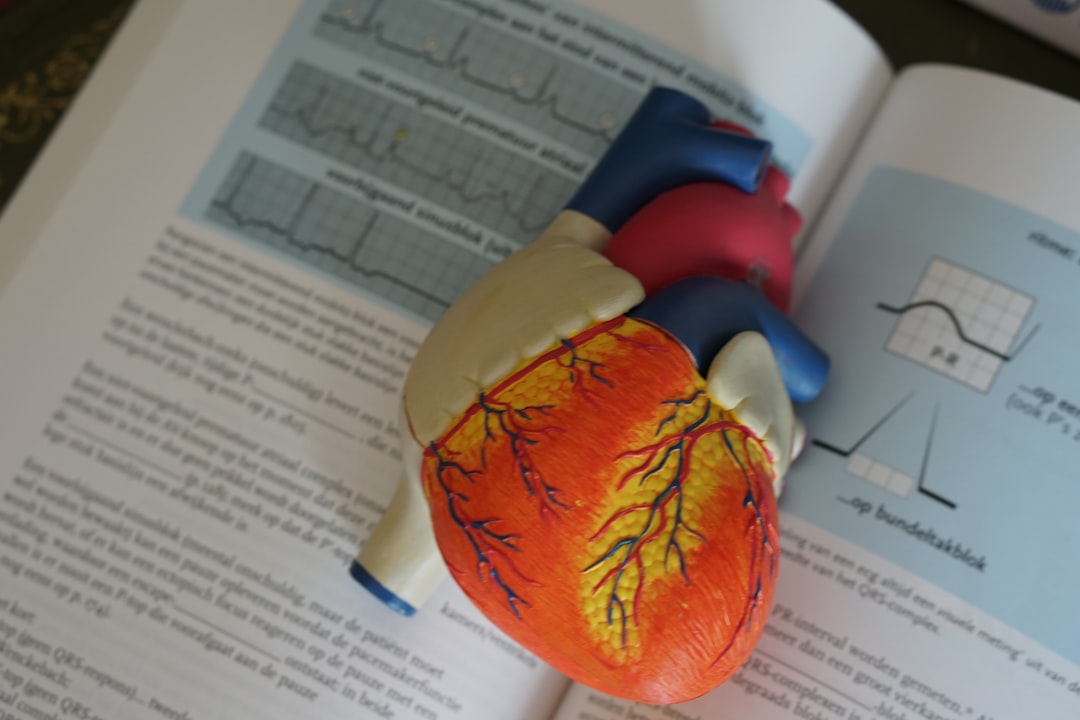What is it about?
MOSFET compact models use parameter $\lambda$ to account for finite output resistance in the saturation regime due to short-channel effects. To bridge the transition between the linear and the saturation MOSFET regimes a smoothing function must be used. In addition to the linear approximation of the triode regime, it is the linear approximation of the saturation regime with parameter $\lambda$ is used by substituting both into smoothing function. There are two variants of the linear approximation for asymptotic dependence of the MOSFET drain current on drain bias in saturation regime. The first form is as for the entry-level compact models like MOSFET Level 1 that is used only saturation current. The second form is as for more advanced compact models, like BSIM3/4 that is used both saturation current and saturation voltage. However, traditional smoothing function suffers from non-monotonic behavior of the output resistance with increasing drain-to-source bias for both cases of asymptotes. To overcome this disadvantage, we previously offered a new improved smoothing function that gives the proper monotonic increase of the output resistance (Proc. SPIE 7521, 75211H, 2010). In this IJNM paper we study traditional and new improved smoothing functions for both types of asymptotes in saturation regime.
Featured Image
Why is it important?
Correct MOSFET compact model is important for improving the convergence during modeling in SPICE type ECAD programs. In addition, it is important for research and teaching.
Perspectives
The following papers are devoted to the further development of this research: 1. V. Turin, R. Shkarlat, V. Poyarkov, O. Kshensky, G. Zebrev, B. Iñiguez, and M. Shur, “A linear “extrinsic” compact model for short-channel MOSFET drain current asymptotic dependence on drain bias in saturation regime”, Proc. SPIE 11022, International Conference on Micro- and Nano-Electronics 2018, 110220H, March 2019. 2. V. O. Turin, R. S. Shkarlat, G. I. Zebrev, B. Iñiguez, M. S. Shur, “The “extrinsic” compact model of the MOSFET drain current based on a new interpolation expression for the transition between linear and saturation regimes with a monotonic decrease of the differential conductance to a nonzero value,” 2020 4th IEEE Electron Devices Technology & Manufacturing Conference (EDTM), pp.1-4, April 2020. 3. V. Turin, R. Shkarlat, V. Poyarkov, O. Kshensky, G. Zebrev, B. Iñiguez, M. Shur, “Accounting for the body effect in the compact modeling of an “extrinsic” MOSFET drain current in the linear and saturation regimes”, Proc. SPIE 12157, International Conference on Micro- and Nano-Electronics 2021, 121570V, January 2022.
Dr Valentin Olegovich Turin
Orel State University after Ivan Turgenev
Read the Original
This page is a summary of: The correct account of nonzero differential conductance in the saturation regime in the MOSFET compact model, International Journal of Numerical Modelling Electronic Networks Devices and Fields, January 2014, Wiley,
DOI: 10.1002/jnm.1969.
You can read the full text:
Contributors
The following have contributed to this page










